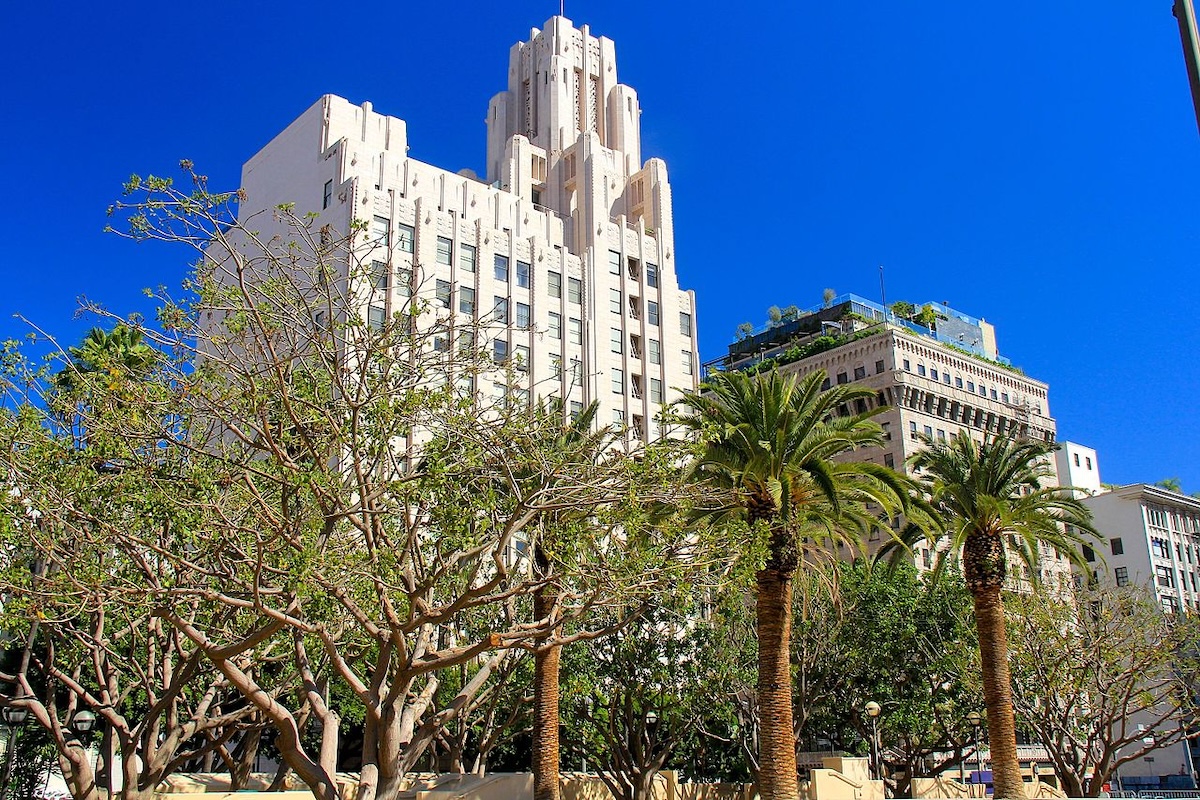By Alfredo Gonzalez and Jon Christensen
Leer en español
Parks and tree canopy are literally a matter of life and death in Los Angeles. This is especially true in the middle of an extreme summer heat wave. A recent UCLA study quantified the benefit.
Researchers found that if the areas of Los Angeles County that currently have below average tree canopy cover and park acreage were just brought up to the average, Angelenos alive today would enjoy close to 1 million years of additional life expectancy. And that’s controlling for all other factors, such as household income and access to healthcare.
Think about that for a minute. The benefit is especially poignant for young children growing up in L.A.’s low-income, park-poor, communities of color. A child born in Southeast Los Angeles is likely to die 10 years before a child born on the Westside. Not all of that is due to the lack of park space and tree canopy. But we can do something about parks and trees.
Los Angeles is making important strides to rectify the great disparities in green space, just not fast enough. There are two stumbling blocks. They are related. And both can be solved.
The first is funding. The second is the capacity of municipal governments to absorb funding and implement projects.
In the city of Los Angeles, Mayor Karen Bass increased the Department of Recreation and Parks budget from $318 million this fiscal year to $337 million next year. That’s a modest 6% increase and not nearly enough to make a dent in the city’s needs.
Los Angeles has a $2.1 billion deferred maintenance backlog in parks and recreation facilities. Many facilities have become unusable. When you factor in the cost of labor expenses and ongoing maintenance costs, it would take 60 years for the Department of Recreation and Parks to catch up on past-due work, much less think about anything new. And the city is about to lose about $4 million a year from park funds provided by our current park bond, Proposition K, which expires in 2026.
Adding insult to injury, last year voters roundly rejected Proposition SP, a hastily conceived ballot measure designed to replace Prop K and generate $227 million a year from a parcel tax for parks.
In Los Angeles County, the Regional Parks and Open Space District is getting nearly $90 million a year out the door from Measure A, a parcel tax approved by voters in 2016. It has allocated millions of dollars to support high-need communities in preparing proposals for park projects. But many smaller, understaffed cities don’t have the capacity to take advantage of the funding. As a result, millions of dollars are being left on the table.
At the state level, the legislature significantly reduced funding for an exemplary, successful program that funds neighborhood parks in high-need communities out of this year’s budget. If that program were funded at the same level that it has been funded over the past 10 years for another decade, it could cut in half the number of Californians who don’t have a neighborhood park within walking distance of their homes.
The legislature will likely include some funding in a climate and natural resources bond measure that is expected to be put on a statewide ballot next year. That’s good. But the local parks program should not have to stop and start erratically as it has in the past, waiting for new slugs of funding.
At the federal level, an infusion of billions of dollars in infrastructure funding for urban greening is going out so fast, many disadvantaged communities simply can’t gear up fast enough to even track the potential for projects, let alone submit proposals in time.
The problem is that many of the 88 cities in Los Angeles County don’t have the staff to pursue local, state, and federal funding that exists for parks and other urban greening projects. Even some of the bigger cities, like Los Angeles and Long Beach, urgently need help to plan projects and pursue funding.
But there is a way forward.
Los Angeles is pioneering a new model for creating green spaces in low-income neighborhoods that don’t have parks, good tree canopy, or adequate government capacity to build new parks. We call it the Link model because it involves linking a community-based organization rooted in the neighborhood, an experienced nonprofit park-building organization, residents, and local government.
Supported by a philanthropic partnership, we’ve been testing and studying this model with partners in six disadvantaged communities in Los Angeles County: Cudahy, El Monte, Long Beach, Maywood, Panorama City, and South L.A.
It works. A trusted, local community-based organization can do the robust community engagement necessary to identify needs and priorities. An experienced nonprofit can provide the technical assistance to design projects, write grant proposals, and manage construction contracts. Working with willing municipal agencies they can get the job done.
Partners in these communities are successfully drawing on local, state, and federal funds to build new parks and renovate badly deteriorated existing parks.
When we first started working on Link, we thought that municipal agencies might gain the experience and capacity to do this work on their own in the future. But as one administrator in a small city told us, “This is the model.” The city will continue to need the essential services of the Link partners. It literally takes a village.
We’re excited to see this success. But six communities are not enough. We need help from every level of government to fund and scale this approach to more high-need communities sooner rather than later. This is about more than equity, as important as that is. This is about life-and-death for many Los Angeles communities.
Alfredo Gonzalez is Southern California Director of the Resources Legacy Fund. Jon Christensen, a researcher in the Luskin Center for Innovation at UCLA, recently completed a study of the Link initiative. (Feature image via Wikimedia Commons)













